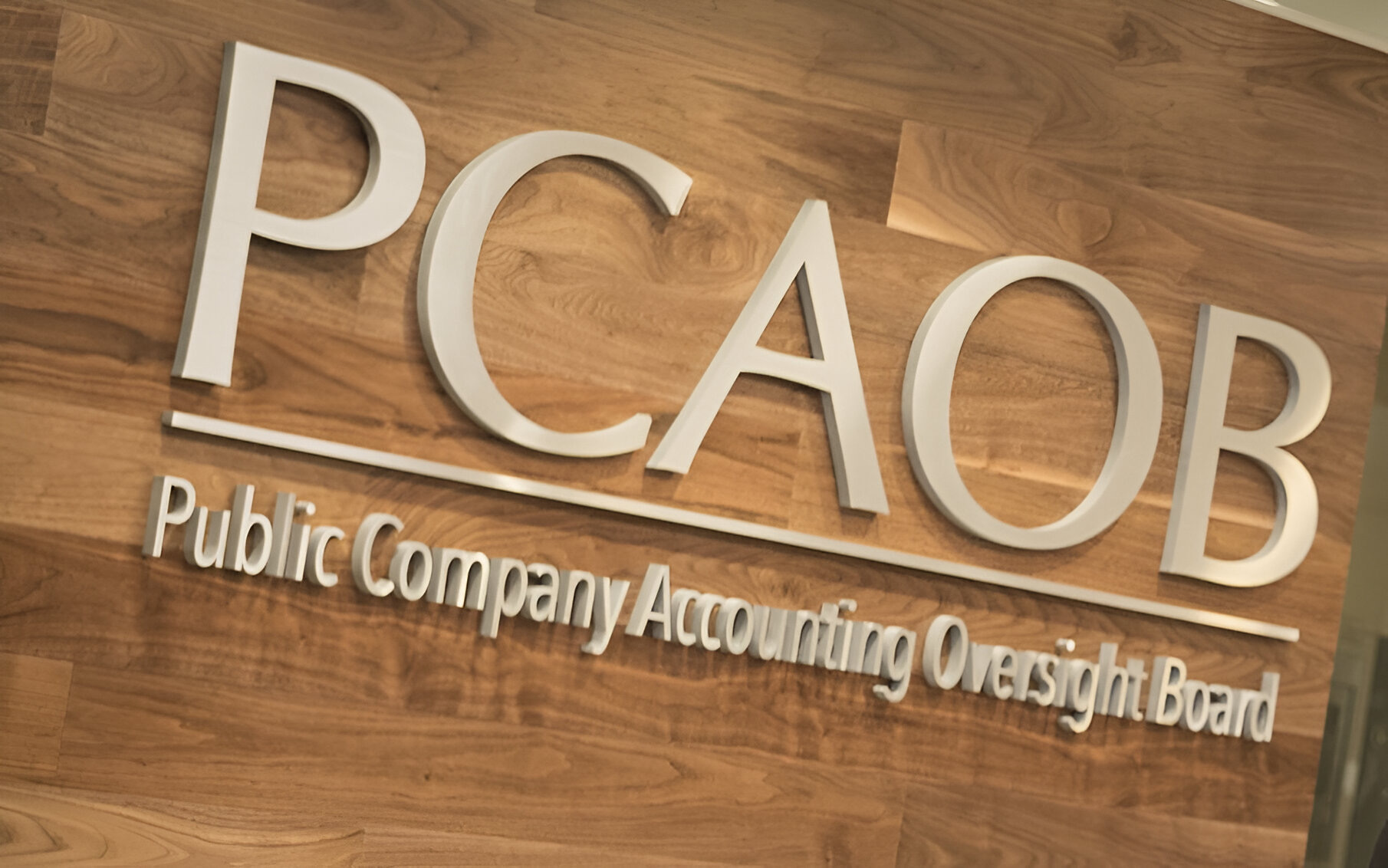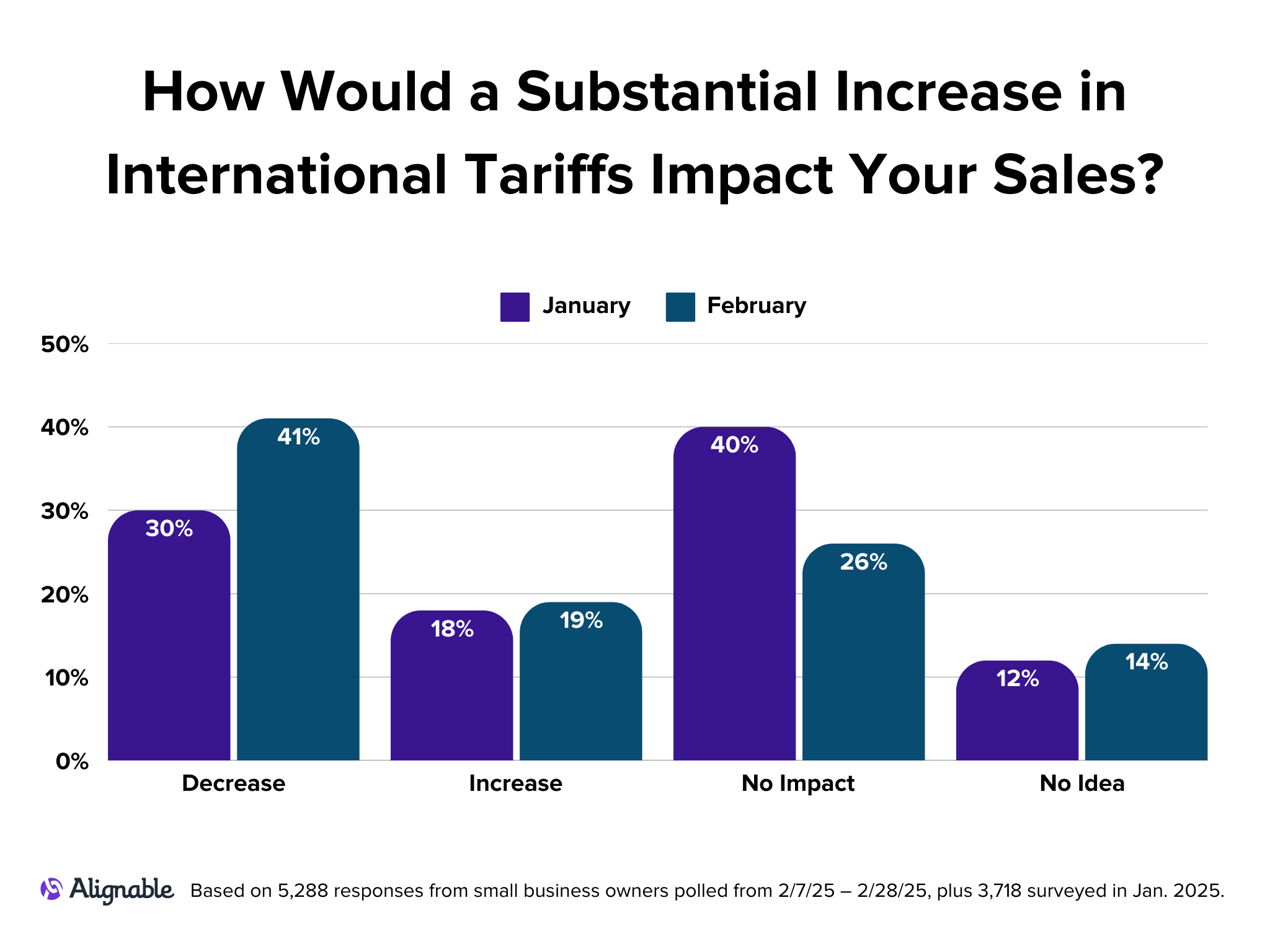A simple and basic estate planning tool is a revocable living trust (RLT). Revocable means it can be changed; living, because you are alive; and trust which is a legal document. The point of a RLT is to protect your assets from probate, the long and drawn out process that can take sometimes a year to get the assets of a decedent to their intended heir.
A trust is made up of three parties: the grantor is the person making the trust, the trustee is the person that controls the assets, and the beneficiaries are those set to inherit the assets of the trust. An RLT WILL NOT remove assets from your taxable estate. It is just a simple way to avoid probate.
Then there is asset protection, and most business owners have done some form of it, by creating an LLC or a corporation. Asset protection planning is proactive legal action that protects your assets from future creditors, divorce, lawsuits, or judgments. This involves a series of legal and lawful techniques that can deter a lawsuit, provide settlement negotiation power, and help prevent the seizure of your assets in the event of a judgment.
Limiting liability is done through separating assets. When everything is tied to an individual’s name, all of the assets are at risk should he or she be a named defendant in a lawsuit. A slip and fall incident on a rental property can jeopardize the owner’s personal assets without legal separation through some kind of asset protection. This protection begins by separating risk and liability from one’s wealth in a financial plan. If you own rental properties, simple asset protection would be to form an LLC for each rental property. That way, if one rental property is sued, then the only asset at risk would be that one rental property.
Now let’s talk about the fun part – taxes with asset protection. First let’s discuss Grantor Retained Annuity Trusts (GRAT’s). GRAT’s simply freeze an asset and provide an annuity paid to the former owner of the asset. For instance, let’s say that you have a client that owns a business worth $2 million. It is his thought that the business will continue to go up in value. He has children that might want to take the business over in ten years. He simply forms a GRAT and places the shares of stock or units of membership into the GRAT (Note: you have to file as a Q-Sub if an S-Corporation). This freezes the asset at $2 million and pays the grantor (your client) an annuity of $200,000 a year. The only gamble that you are taking is if you die. If that happens, the asset in the GRAT goes back into your estate.
If you ultimately want to be charitable, you can form an Irrevocable Charitable Remainder Trust (CRT). You transfer an appreciated asset into an irrevocable trust. This removes the asset from your estate so no estate taxes will be due on it when you die. You also receive an immediate charitable income tax deduction for the value of the asset(s).
The trustee then sells the asset at full market value, paying no capital gains tax, and re-invests the proceeds into income-producing assets. For the rest of your life, the trust pays you an income. When you die, the remaining trust assets go to the charity(ies) you have chosen. That’s why it’s called a charitable remainder trust.
A family limited partnership (FLP) used to be one of the most valuable asset protection strategies for a family whose members wanted to preserve their assets while retaining control over them. FLP’s were set up much like traditional limited partnerships with “general partners” (frequently parents) and “limited partners” (usually the children). General partners manage the partnership’s assets, make investment decisions, share in the FLP’s income, and are responsible for the FLP’s debts. Limited partners have an ownership interest in the FLP and share in income generated by the FLP, but they have little or no control over the FLP’s activities and are responsible for the FLP’s debts, only to the extent of his or her ownership interest.[1]
I don’t subscribe to the old school FLP strategy. All 50 states now accept limited liability companies (LLC). Estates or trusts can hold a mix of assets, some with potential liabilities associated with them. For example, a trust may hold marketable securities, cash, and real estate with potential environmental or tort liabilities. The marketable securities and cash could be at risk for the liabilities associated with the real estate. However, if the estate or trust held the real estate in a single-member LLC, the other assets of the estate or trust would be insulated from liabilities because the total exposure would not exceed the value of the real estate.
If an LLC is formed by family members, and certain assets owned by the family have inherent liabilities associated with them (e.g., a service station or a factory), multiple LLC’s can be formed to isolate the family’s other assets from potential liabilities of the high-risk assets. The family members could transfer their proportionate interests into each parcel of real estate to a separate LLC in exchange for membership interests in each LLC. They would then transfer their membership interests in each real estate LLC to another LLC, which would hold marketable securities and other assets that the family wanted to be held by an entity. This upper-tier LLC would be isolated from any liabilities associated with the real estate because the liability would be contained within each lower-tier LLC.
If the older family member transfers all the assets to an LLC and takes back all of the membership interests, he or she would not make a gift to anyone. After the creation of the LLC, the older family member would be free to make gifts of the membership interests and claim the appropriate discounts. [The Tax Court ruled favorably in Mirowski, where the decedent (shortly before her unanticipated death) formed a single member LLC and within days thereafter, made transfers of interests into the LLC to her daughters.] Care should be taken in the drafting of the LLC so that no rights lapse for the transferred or retained membership interests under IRC § 2704(a) and that the membership interests are not subject to an applicable restriction under IRC § 2704(b) or IRC § 2703. If a married couple formed the LLC, and one of the spouses provided most or all of the assets, yet they received equal membership interests, any gift on formation argument would be neutralized by the marital deduction. See sections 804 and 805 for a discussion of IRC §§ 2703 and 2704.
Intentionally Defective Grantor Trusts (IDGT’s), are probably my favorite thing to use. Estate tax planners have long employed intentionally defective grantor trusts to freeze the value of an asset for estate tax purposes, while transferring assets out of the estate, free of gift tax. An IDGT does this: it allows for a complete transfer to a trust, but it is defective for tax purposes. The trust is irrevocable, which means that it can’t be changed and is removed from the taxpayer’s taxable estate. The best part is the grantor has no perceived powers. Even though the IDGT is irrevocable and would ordinarily have to get an employer identification number (EIN) and file a return, because the grantor retains certain other powers, the trust, although irrevocable, is treated as a grantor trust for income tax purposes. As a result, the grantor, though not a beneficiary, is taxed on all the trust’s income, even though he or she is not entitled to any trust distributions. Making it defective.
As you can see, there are a number of ways to protect assets and avoid the estate tax at the same time.
—————
[1] John J. Pembroke & Associates LLC
—————
Craig W. Smalley, MST, EA, is the Founder and CEO of CWSEAPA, PLLC. He has been admitted to practice before the Internal Revenue Service as an Enrolled Agent and has a Master’s Certificate in Taxation from UCLA. In practice since 1994, Craig is well-versed in U.S Tax Law and U.S. Tax Court cases, and specializes in individual, partnership, and corporate taxation for high-net-worth clients; entity structuring and restructuring; and representation before the IRS regarding negotiations, audits and appeals. Craig is currently a columnist for CPA Practice Advisor and AccountingWEB and has had 12 books published. His articles have been featured in publications including the Wall Street Journal, The New York Times, and Christian Science Monitor, and he has been interviewed and appeared as a featured guest on numerous radio shows and podcasts. Craig can be reached at craig@craigwsmalleyea.com.
Thanks for reading CPA Practice Advisor!
Subscribe Already registered? Log In
Need more information? Read the FAQs





